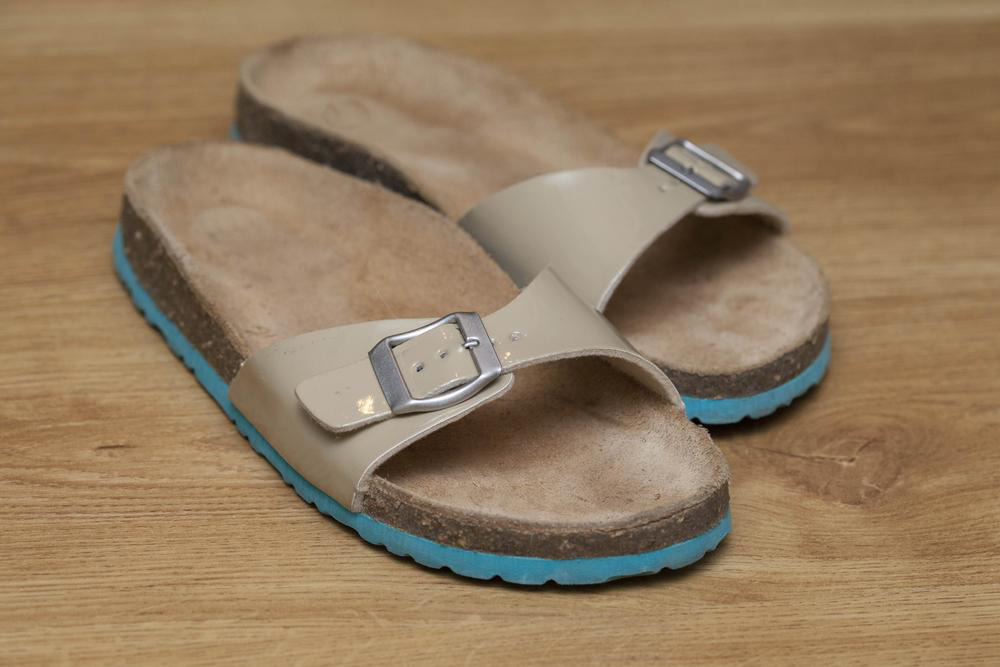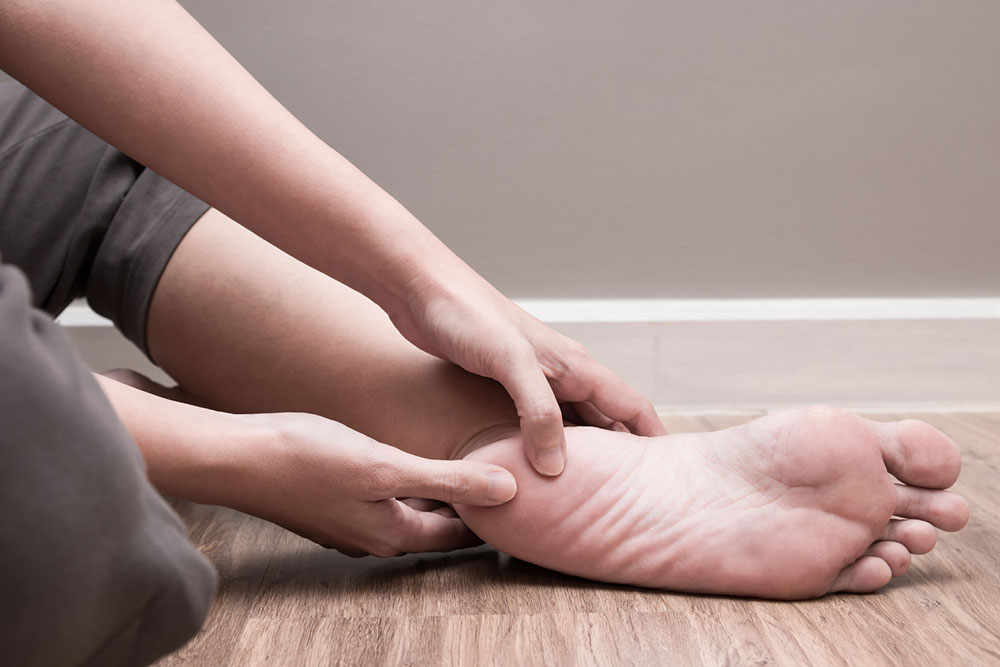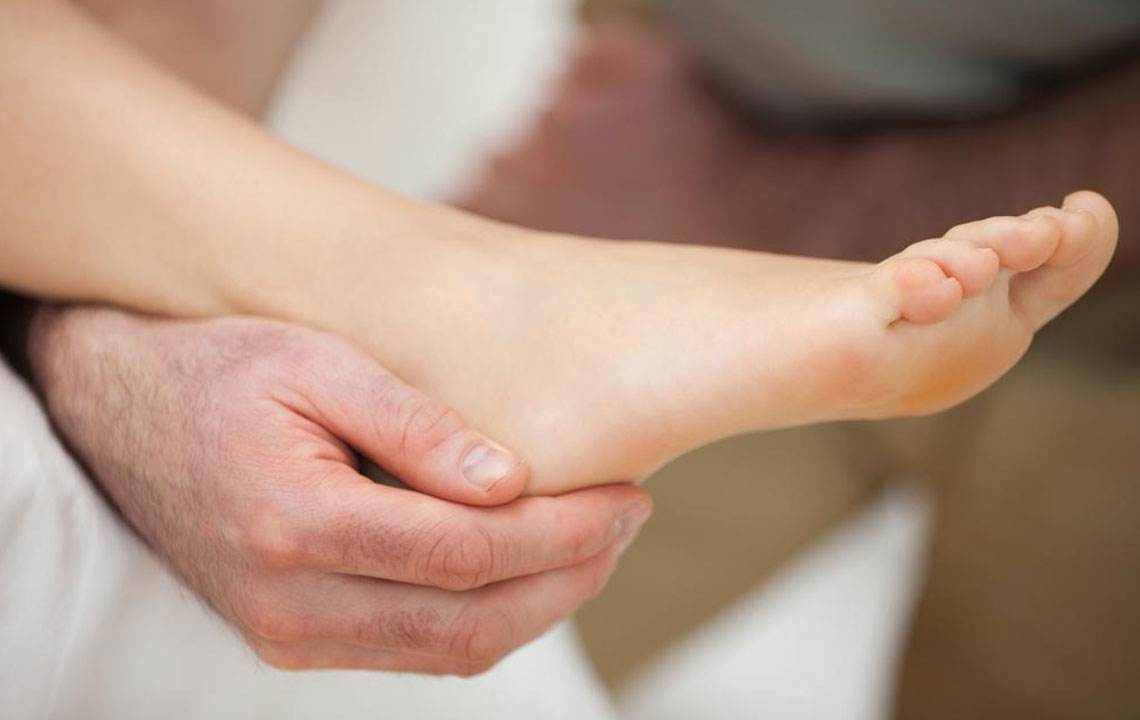Comprehensive Guide to Choosing the Right Shoes for Diabetes Care and Foot Health
Proper footwear plays a vital role in managing diabetes-related foot complications. Specialized diabetic shoes provide comfort, protection, and support, reducing the risk of ulcers and injuries. This comprehensive guide explores types of diabetic shoes, essential features, and the importance of foot care routines, emphasizing how choosing the right footwear and regular medical checkups can enhance quality of life for diabetics and prevent serious foot issues.

Diabetes is a widespread health condition affecting nearly half of the global population, making it one of the most significant public health challenges of our time. Often, the initial signs of diabetes are subtle or go unnoticed, leading to delayed diagnosis and management. This delay can result in severe complications, especially related to foot health. Proper knowledge about diabetes, its types, and the importance of foot care is essential for patients and caregivers alike.
Diabetes manifests primarily in two forms:
Type 1 Diabetes, which is an autoimmune disorder characterized by the body's immune system attacking insulin-producing beta cells in the pancreas. This form often develops early in life and requires lifelong insulin therapy. External factors like viral infections are sometimes linked to its onset, but the precise cause remains complex.
On the other hand, Type 2 Diabetes is far more common and typically develops in adulthood, although it is increasingly seen in younger populations due to rising obesity rates and sedentary lifestyles. It involves insulin resistance, where the body’s cells do not respond effectively to insulin. This leads to elevated blood sugar levels over time and increases the risk of various complications, including cardiovascular disease, kidney failure, and nerve damage. Early detection and effective management are vital to prevent or delay these adverse outcomes.
One of the most severe and often overlooked issues arises from diabetic neuropathy and poor circulation, which can lead to diabetic foot ulcers and even amputation if not properly managed. Wounds in diabetic patients tend to heal much more slowly due to compromised blood supply and immune response. Hence, protecting the feet becomes a top priority in diabetes management.
Why Foot Care Matters in Diabetes
The feet are particularly vulnerable in diabetics because of reduced sensation and circulation issues. Nerve damage (peripheral neuropathy) can mean injuries or sores go unnoticed, worsening over time. Poor blood flow impairs the body's ability to heal wounds, making even minor cuts potentially dangerous. Consequently, foot ulcers are a common complication among diabetics and are a significant cause of hospitalization and amputations worldwide.
Preventing foot problems begins with daily foot inspections, maintaining good hygiene, and wearing suitable footwear. Specialized diabetic shoes play a crucial role in this preventative strategy by offering enhanced protection and support.
Benefits of Wearing Specialized Diabetic Shoes
Diabetic shoes are carefully designed footwear that cater to the unique needs of diabetic patients. They provide multiple benefits that significantly contribute to foot health and overall quality of life:
Enhanced Comfort and Fit: Diabetic shoes are often available in extra depth and width to accommodate swelling and deformities common in diabetic feet, reducing pressure points and preventing blisters or sores.
Protection Against Injuries: The soft, seamless interiors minimize friction and pressure on sensitive areas, reducing the risk of ulcers and blisters.
Improved Circulation: Features such as cushioned insoles and proper arch support help promote blood flow, aiding in quicker healing and tissue health.
Breathable Materials: Many diabetic shoes are made with moisture-wicking, breathable fabrics that help keep the feet dry, reducing the risk of fungal infections.
Style and Varieties: Modern diabetic footwear is available in various styles, including dress shoes, casual sneakers, and walking shoes, ensuring that individuals can maintain their personal style without compromising foot health.
Features to Look for When Choosing Diabetic Shoes
Selecting the right footwear involves paying attention to specific features that cater to the needs of diabetic feet. Essential elements include:
Extra Depth and Width: To accommodate swelling and orthoses if needed.
Soft, Seamless Interior: To prevent skin irritation and blisters.
Shock Absorbing Soles: To reduce impact and protect joints.
Breathable and Moisture-Wicking Materials: To keep feet dry and healthy.
Adjustability: Secure closures such as Velcro straps or laces for a customized fit.
Importance of Routine Foot Care and Regular Medical Checkups
While wearing proper footwear is critical, routine foot examinations and maintaining a healthy lifestyle are equally important. Diabetics should inspect their feet daily for signs of injury, redness, or swelling. Regular visits to healthcare professionals, including podiatrists, can help catch early signs of problems before they escalate.
In addition to footwear, managing blood sugar levels through diet, exercise, medication, and lifestyle changes enhances overall health and reduces complications. Proper foot care education, including how to trim toenails and avoid walking barefoot, further minimizes risks.
Conclusion
Diabetes management encompasses various strategies to protect overall health, particularly foot health. Choosing the right diabetic footwear is an essential aspect of preventing wounds, ulcers, and amputations. With advancements in shoe technology, there are many stylish and functional options available today that combine comfort, protection, and personal style. Combining proper shoe choice with routine foot care, regular medical checkups, and lifestyle modifications can dramatically improve the quality of life for diabetics and help prevent serious complications.
Ensure you consult with healthcare providers for personalized recommendations and remember that proactive foot care is the cornerstone of effective diabetes management.





